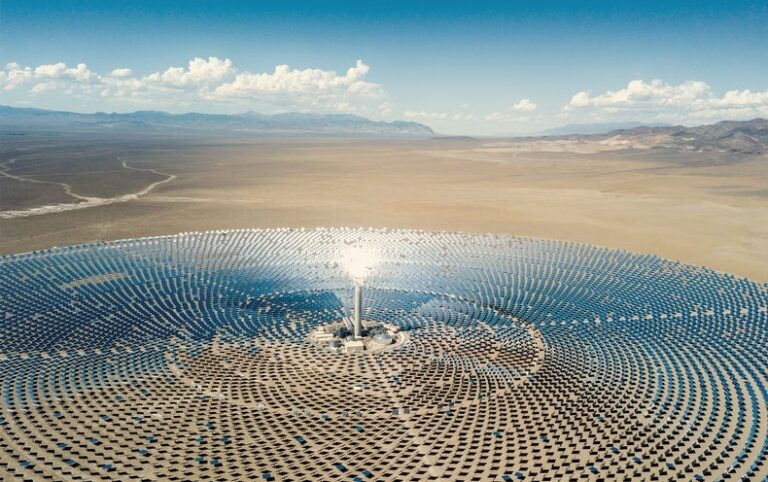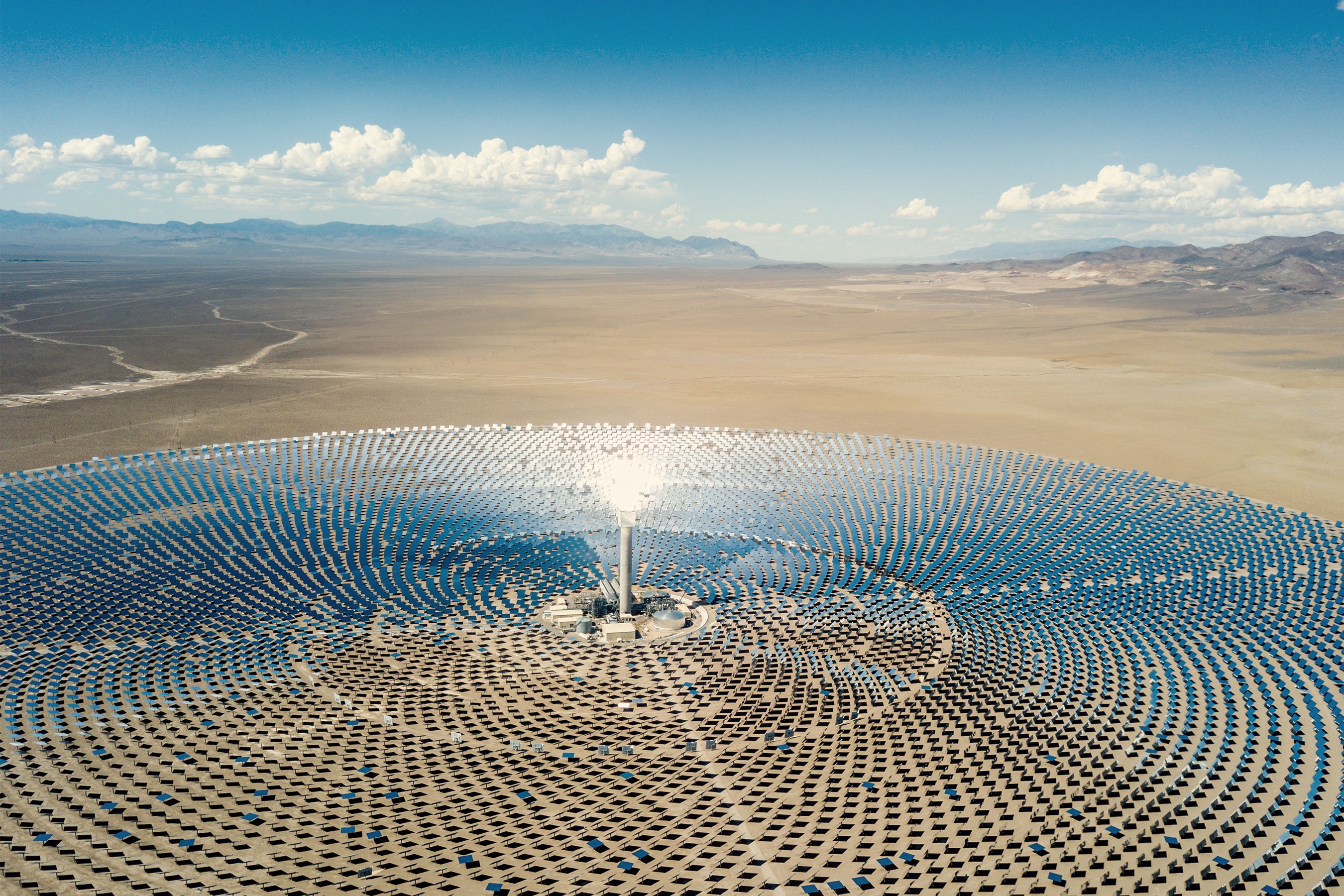
[ad_1]

CLIMATEWIRE | Capping global warming at 1.5 degrees Celsius is still possible, but requires steep cuts in the energy sector’s greenhouse gas emissions, according to a new report from the International Energy Agency.
The road map, published Tuesday, is an update to IEA’s landmark report from May 2021. The 227-page analysis finds that the world must triple its renewable power capacity by 2030 and expedite permitting and grid connections in order to achieve net-zero emissions by 2050.
IEA Executive Director Fatih Birol called on governments to “separate climate from geopolitics” and come together quickly to keep the 1.5 C goal within reach. If countries fail to take more aggressive action, climate goals will become dependent on carbon removal technologies that IEA described as “expensive and unproven at scale.”
“Removing carbon from the atmosphere is very costly. We must do everything possible to stop putting it there in the first place,” Birol said in a statement. “The pathway to 1.5°C has narrowed in the past two years, but clean energy technologies are keeping it open.”
The growth in solar power and electric vehicle sales since 2021 is in line with the 2050 net-zero pathway, IEA said. In IEA’s scenario, those two technologies would deliver one-third of the emission reductions needed between today and 2030.
Reaching net-zero emissions would also require accelerated energy efficiency improvements, a sharp rise in heat pump use and a deep cut in energy-sector methane emissions, according to IEA. Methane is a greenhouse gas that’s roughly 80 times more potent than carbon dioxide over a 20-year time scale.
By 2035, IEA said, emissions in advanced economies need to fall by 80 percent from 2022 levels, while emissions in emerging economies need to fall by 60 percent.
The report comes after the hottest summer on record, marked by catastrophic wildfires, storms and floods. In its report, IEA emphasizes that the “case for transforming the global energy system in line with the 1.5 °C goal has never been stronger.”
The United Nations climate summit later this year — known as COP 28 — is a “vital opportunity” for the world to “commit to stronger ambition and implementation in the remaining years of this critical decade,” Birol said.
The annual conference will begin in November in Dubai. It has faced heightened scrutiny after the United Arab Emirates tapped oil executive Sultan Ahmed al-Jaber to be president of the talks. Al-Jaber, CEO of the state-run oil company Abu Dhabi National Oil Co., most recently called for a phase “down” of fossil fuels, using contentious language from climate talks in Scotland in 2021.
IEA’s report finds that there isn’t room in the net-zero emissions scenario for new coal mines, mine extensions or “unabated” coal plants, or those not equipped with carbon capture technology. New oil and gas projects with “long-lead” times are also not in line with a net-zero scenario, though continued investment is required for existing and approved projects, according to the agency.
The report warns that between 2023 and 2035, investment in fossil fuel supply, power generation and end use is $3.6 trillion higher than in the net-zero emissions scenario.
“Much of this investment would be for assets with long lives in which operations would need to be curtailed or lifetimes shortened if the goal of returning the temperature increase to below 1.5°C is to be achieved,” the report said.
Echoing an opinion piece from Birol published earlier this month in the Financial Times, IEA’s road map projects that demand for coal, natural gas and oil will peak this decade without any new climate policies. That apex in fossil fuel demand is “encouraging, but not nearly enough for the 1.5 °C goal,” IEA said.
OPEC has pushed back against the idea of peak fossil fuel demand and calls to halt investment in new oil and gas projects. In a statement this month, OPEC Secretary-General Haitham Al Ghais asserted that “such narratives only set the global energy system up to fail spectacularly” and would lead to “energy chaos.”
But the IEA report warns that if clean energy doesn’t expand enough by 2030, the 1.5 C goal would become dependent on a “massive deployment” of technologies that remove carbon dioxide from the atmosphere.
“Nearly 5 [gigatons of] CO2 would have to be removed from the atmosphere every year during the second half of this century,” the report said. “If carbon removal technologies fail to deliver at such scale, returning the temperature to 1.5 °C would not be possible. Removing carbon from the atmosphere is costly and uncertain.”
A representative for the Direct Air Capture Coalition, a nonprofit advocacy group, said investment in the technology needs to happen in tandem with other decarbonization efforts.
“The report underscores what the Direct Air Capture Coalition has been saying throughout, which is that DAC is not a replacement for rapid, robust, and sustained emissions reductions, but rather, it is a critical tool for cleaning up both residual and legacy emissions and limiting the worst impacts of climate change,” said Jason Hochman, the group’s co-founder and senior director.
This article also appears in Energywire.
Reprinted from E&E News with permission from POLITICO, LLC. Copyright 2023. E&E News provides essential news for energy and environment professionals.
[ad_2]